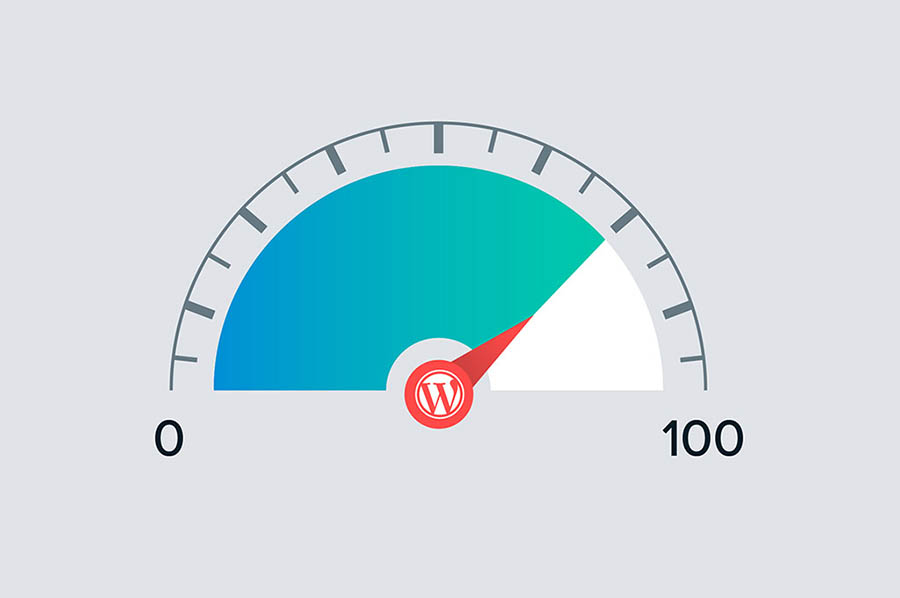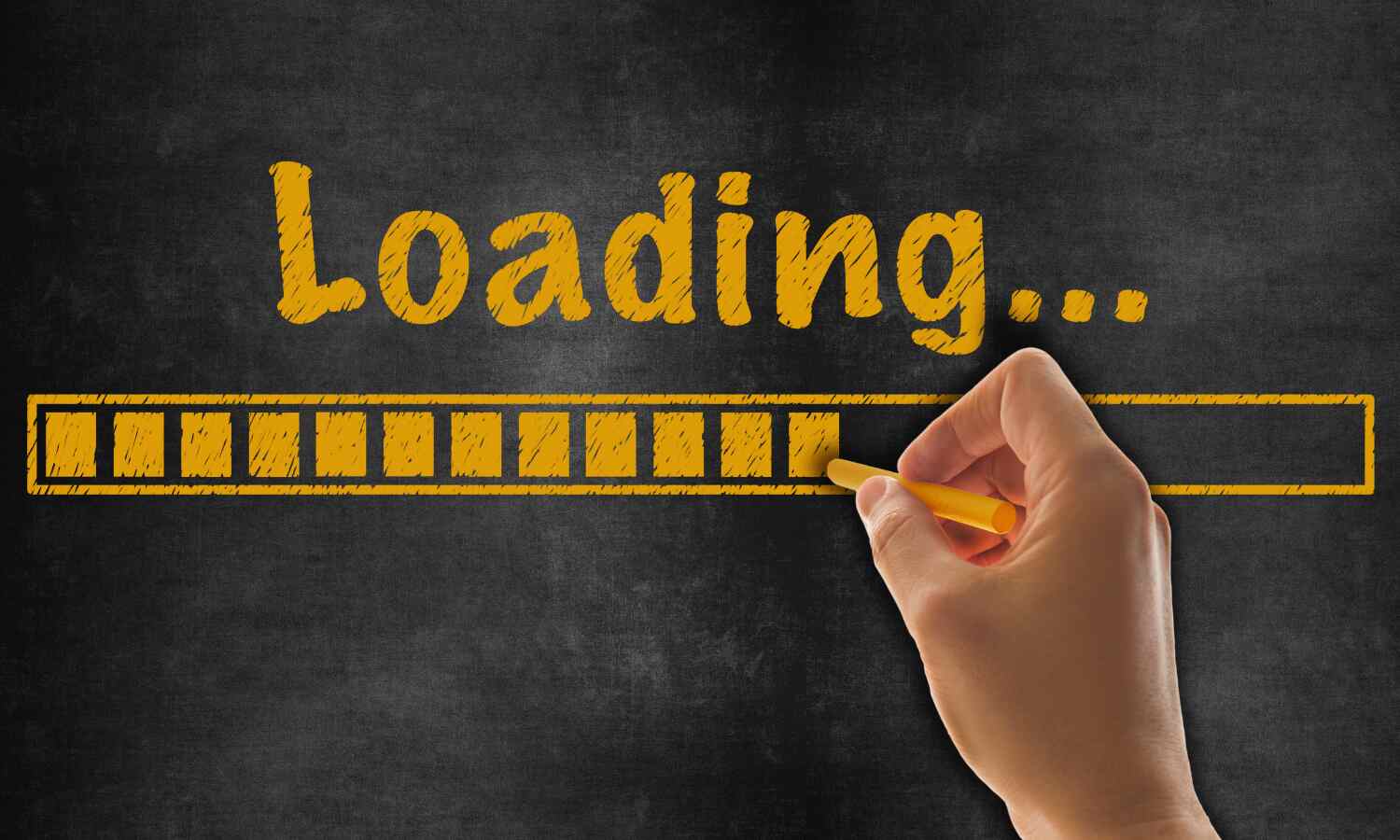Improving the speed of your website is key for optimal Search Engine Optimization (SEO). In this article, we will provide you with a technical overview on how to do just that.
Well take an in-depth look into why site speed matters, what strategies can be used to improve it and the tools available to monitor performance. By the end of this article, youll have all the knowledge you need to start optimizing your website for improved performance and SEO rankings.
So lets get started!
Understanding Site Speed and SEO

Understanding Site Speed and SEO The relationship between site speed and search engine optimization is not one to be taken lightly. Ensuring that your website loads quickly can have a dramatic effect on the success of your SEO efforts, as Google has made it clear that page speed is an important factor in its rankings.
To ensure you’re getting the most out of your website, understanding how to improve site speed for SEO should become part of your technical strategy. When improving site speed, there are several factors to consider: optimizing HTML/CSS files, reducing image sizes, minifying code, leveraging browser caching and more. These steps will help reduce server load time and make pages easier to find by crawlers which in turn will enhance user experience significantly.
Its also important to note that modern technologies such as AMP (Accelerated Mobile Pages) or PWAs (Progressive Web Apps) may come into play here too depending on the type of content you want users to see upon loading a web page. By taking advantage of these tools when appropriate you can further improve performance while providing users with a better overall experience – something which is sure to contribute positively towards achieving higher rankings in organic search results.
Optimizing Page Loads to Improve Performance

Optimizing page loads is essential for improving site performance, both from a technical and SEO perspective. By making sure that pages load quickly – and without any unexpected delays – users will have an improved browsing experience on the website.
To do this, webmasters should focus on reducing file size, minimizing HTTP requests, leveraging browser caching, optimizing images and other multimedia elements, compressing files using Gzip or Brotli compression algorithms to reduce data transfer time between server and user device. Additionally, utilizing content delivery networks (CDNs) can help decrease latency levels by replicating important static content across multiple servers around the globe.
All of these steps significantly improve a sites speed and performance which helps with search engine rankings as well as providing a better user experience overall.
Leveraging Caching Techniques for Improved Delivery
Caching is a powerful technique for improving website delivery speed. By leveraging caching, web developers can identify frequently accessed content and store it in memory or disk storage so that it can be quickly accessed by visitors in the future.
This reduces the amount of time needed to access data from the server and allows for faster loading times. Additionally, caching techniques allow for rapid responses to user requests without having to resort back to the origin server each time.
With proper implementation, websites are able to leverage this technology as an effective way of reducing page load times and improving overall site performance. When planning out how best to utilize caching techniques within a website structure, there are various considerations that must be taken into account such as whether static or dynamic elements should be cached; which type of cache storage will work best (e.g., memory vs disk); how long a cache should remain active; and what type of expiration policies need to be established when content changes regularly on the website (such as with online stores). All these factors play an important role in helping improve website speed while also ensuring users have access to up-to-date information whenever they visit your site.
Reducing the Impact of Third-Party Code on Page Load Time

Page load speed is essential for any website to remain competitive in todays digital world. Third-party code can significantly impact page load time, making it difficult for websites to compete with faster loading pages from competitors.
In order to improve site speed and ultimately ranking on search engine results pages (SERPs), it is important that steps are taken to reduce the negative effects of third-party code on page load times. One way of doing this is through lazy loading, which delays the download of certain portions of a web page until they are needed by users.
This reduces the amount of data sent at once and helps ensure that only necessary components are loaded when required. Additionally, optimizing JavaScript files can help decrease overall file size, allowing them to be downloaded more quickly and efficiently.
Similarly, minifying HTML files also reduces their size without altering their functionality or content in any way – leading to decreased page load times as well as improved SEO rankings due to enhanced user experience metrics associated with fast loading sites. Furthermore, leveraging browser caching allows previously loaded resources such as images and scripts stored in browsers’ memory so they do not need to be downloaded again every time visitors come back or navigate elsewhere within a website’s domain (subdomains excluded).
This ensures that all resources required for displaying a web page dont have to be reloaded each time a visitor visits your website – further reducing page load times considerably while positively impacting user experience metrics associated with SEO rankings such as bounce rate and average session duration amongst others..
Ultimately, reducing the impact of third-party code on page load time will lead not only an increase in SERP rankings but also improved user experience across all devices – making sure your website remains relevant even under high traffic conditions where competing against other websites becomes increasingly difficult due its slower performance compared with those who take preventative measures towards improving their site speed early on before launching fully into production environment
Conclusion
Improving site speed is a critical factor for SEO success. Local SEO consultant can help businesses identify and address issues that may be limiting their websites performance, ultimately leading to improved ranking on search engine result pages. Site speed optimization requires teams to review the technical aspects of their websites, such as hosting environment, server configuration, caching strategies and more.
This technical overview provides an understanding of how improving site speed can positively impact organic search results. With the right guidance from experienced local SEO consultants, businesses can take advantage of this powerful opportunity to increase organic visibility in search engine result pages and ultimately improve ROI from digital marketing efforts.







